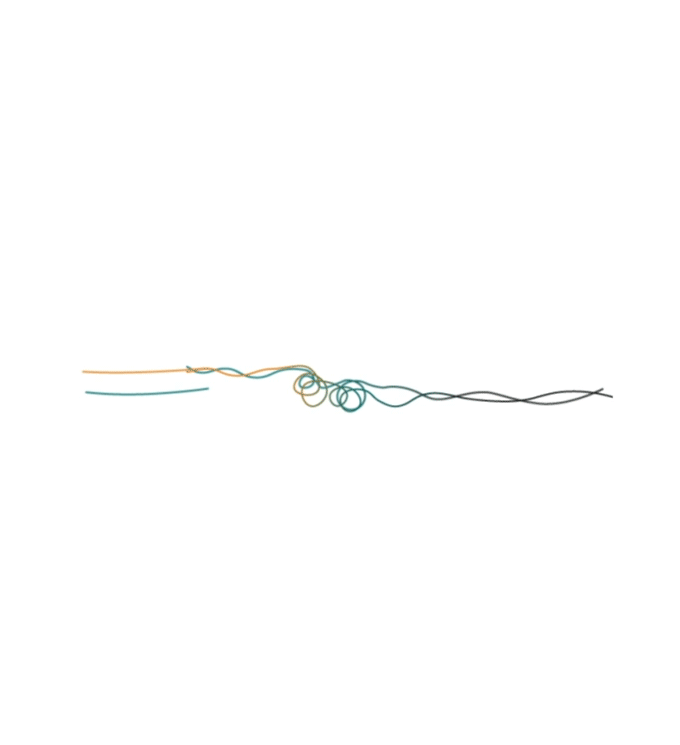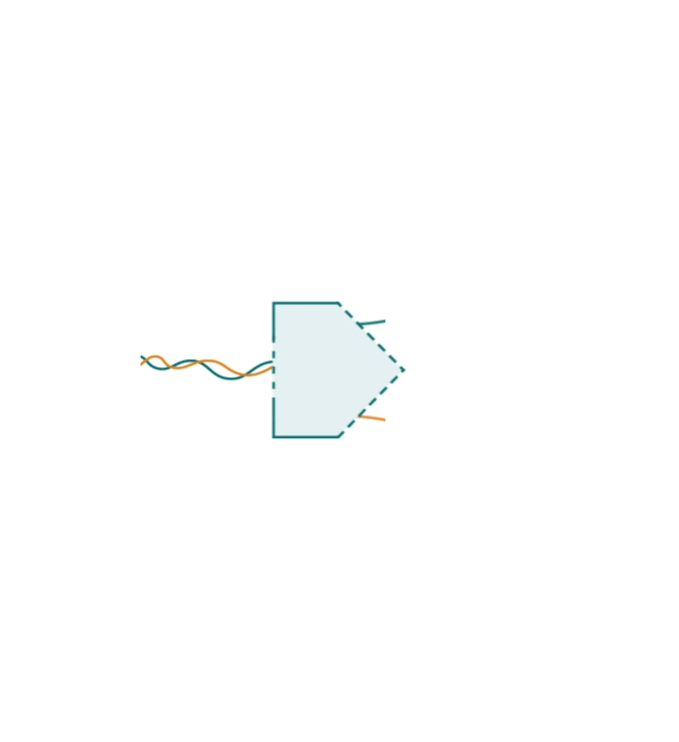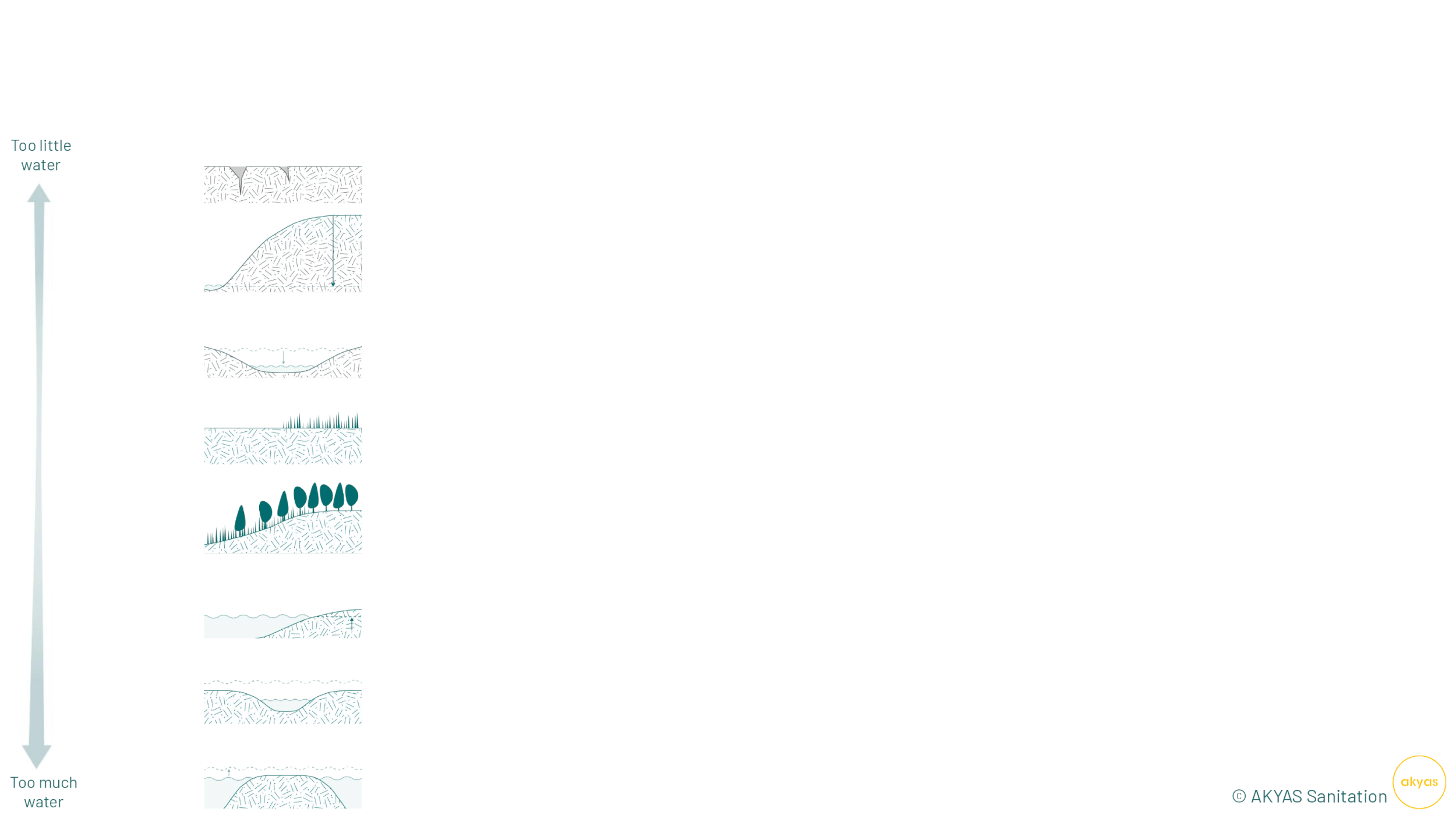A Wastewater Management Solution Provider (and more).
AKYAS — Simple, Adaptable, Universal.
Simplicity and versatility to tackle wastewater management.
AKYAS simplifies wastewater management in 2 smart ways.
-
When waste streams from sanitation systems are mixed, it creates complex and expensive management. We cut complexity at the source by separating liquids from solids.
-
The myriads of non-standardized sanitation systems used across households and industries result in costly and often unreliable service chain. Our innovations are universal plug-ins —without replacing entire existing systems — and instantly elevate the onsite (waste-)water quality
AKYAS Impact Duo: Smart & Simple
AKYAS Impact Duo
The AKYAS Impact Duo includes the EDU and the NET Box. Each one comes with powerful technical features for the wastewater (& water) sector.
Together, they are even more powerful.
-
EDU = Effluent Diversion Unit. It separates liquids from solids to simply subsequent management.
-
NET = Nano-bubble Effluent Treatment. It produces super tiny bubbles to kill pathogens and break down masses.
More about our
Technologies.
The Broader Challenges Tackled
Our Work Approach
We adapt our solutions for various contexts.
Diagnosis: We identify the needs and desires of our customers and stakeholders.
Co-creation: We engage with ecosystem stakeholders to understand how our solutions can be tailored to meet their specific needs.
Testing & Monitoring: We propose adapted solutions and test them through evidence-based methods to ensure effectiveness.
Operation: We implement tailored operational modalities with strategic partners and stakeholders, ensuring our solutions are locally embedded & stay relevant.
Scale: With a strong product-market fit and proven business sustainability, we scale our operations beyond pilot phases to drive meaningful impact.
Our System Thinking Approach






